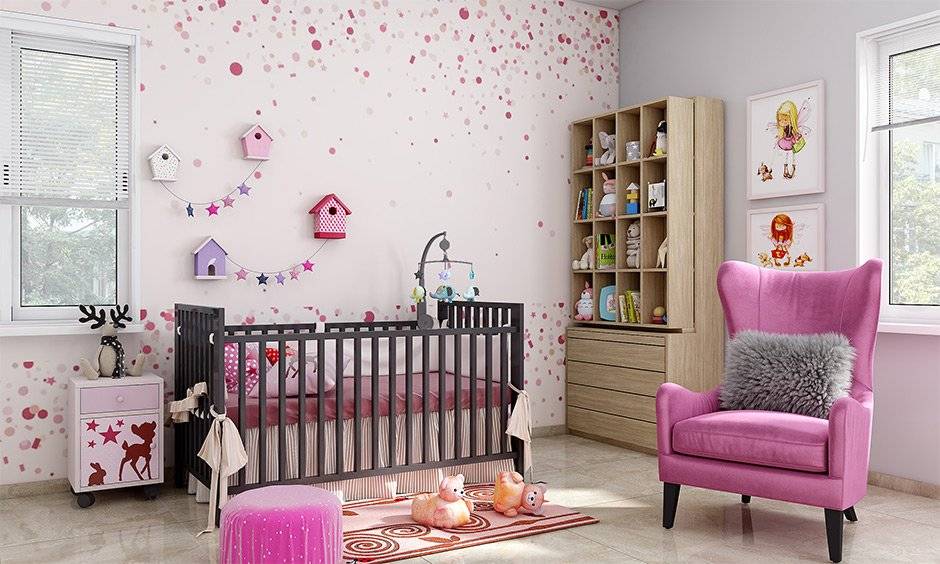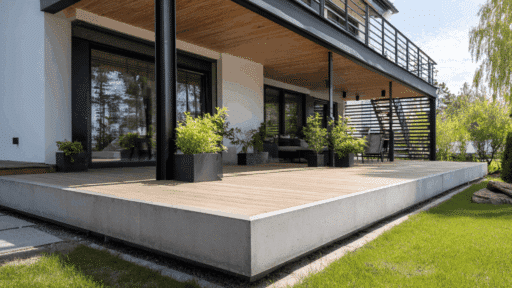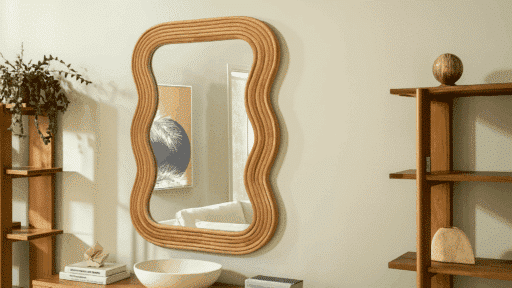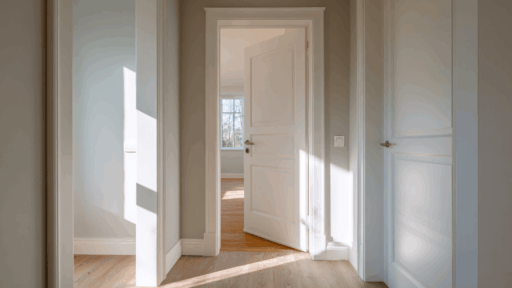Creating a nursery is an exciting milestone for any parent, marking the start of a new chapter filled with love and anticipation. But designing this special space takes much more precision that simply picking cute decor. Your choices must be concentrated on crafting a safe, comfortable, and functional environment that supports both baby’s needs and parents’ daily routines. Whether you’re starting fresh or transforming an existing room, following these design tips can be invaluable when planning your little one’s first room.
Choosing the Perfect Color Palette
First, select paint colors for the nursery. Calming shades of blues, greens, creams, or pinks help create a peaceful and cozy setting ideal for your baby’s comfort and sleep. Opt for low-VOC, washable paint to keep the air quality healthy and make cleaning easier—key factors in a space where your little one will spend so much time. For a versatile, gender-neutral look, consider shades like light gray, soft beige, or pale mint. These hues promote relaxation and provide a timeless aesthetic that grows with your child.
Prioritizing Safety and Comfort
When designing a nursery, safety should always come first. Choose furniture with smooth, rounded edges to reduce the risk of bumps and scrapes. Look for cribs and dressers finished with non-toxic paints and sealants to ensure a healthy environment. A firm, properly fitting crib mattress is crucial, and bedding should follow safe sleep recommendations. Steer clear of pillows, heavy blankets, or stuffed toys inside the crib. For window coverings, opt for cordless designs or those with secured cords to prevent any hazards.
Although your baby’s comfort is the main concern, yours matters too. Select a cozy rocking chair or glider that supports long feeding and soothing sessions. Soft rugs add warmth underfoot, and blackout curtains help maintain a calm, restful atmosphere by blocking out light when it’s time to nap. If the room is currently used for storage or a guest space, declutter before the baby arrives to create a safe environment that’s easy to navigate in those early, sleep-deprived months.
Design Areas for Different Activities

Organizing the nursery into specific zones for sleeping, changing, and playing can make daily routines easier. Place the crib in a quiet spot, away from windows and doors, to minimize drafts and disturbances. Set up a well-equipped changing station with a stable surface and ample storage nearby to keep diapers, wipes, and essentials within easy reach. Reserve a clear, comfortable area on the floor with a plush rug where your baby can enjoy tummy time and play safely.
Adding Personal Touches
Bring personality and warmth to the space by incorporating decor that resonates with your style and family identity. Display family photos, handcrafted mobiles, or a collection of favorite children’s books as part of the decor. Practical additions like adjustable soft lighting or a white noise machine create a calming atmosphere and help your baby sleep.
Planning for Cleanup
If your nursery project involves remodeling or converting a room, be sure to plan for the mess that comes with it. Dust, discarded materials, and packaging can add up quickly, creating unnecessary stress during an already busy time. Many new parents find it helpful to arranging for waste removal solutions in advance, freeing up their energy for the fun part: decorating and settling in.
Conclusion
Designing a nursery is a chance to create a space that’s both meaningful and functional. By blending safety, comfort, and personal touches, you’ll build an environment that supports your baby’s development and brings peace of mind to your daily routine. With a little planning, the nursery can become one of the most cherished rooms in your home.








